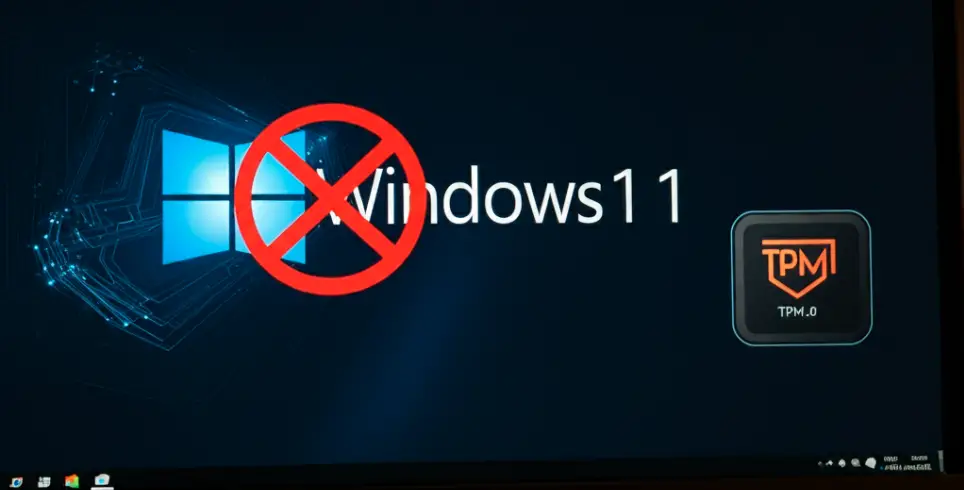
In a recent blog post, Microsoft reiterated the importance of Trusted Platform Module (TPM) 2.0 for Windows 11 security, calling it a “necessity” for a secure and future-proof Windows 11 environment. With the impending end of support for Windows 10, the company is urging organizations to prioritize TPM 2.0 adoption as they transition to the latest operating system.
Microsoft highlights the crucial role TPM 2.0 plays in enhancing security by providing hardware-level protection for sensitive data, such as encryption keys, certificates, and passwords. “TPM 2.0 advanced encryption techniques offer more versatile and critical key management for contemporary IT infrastructures,” states the blog post.
The blog post further emphasizes the benefits of TPM 2.0 in addressing modern security challenges, including:
- Improved Cryptography: TPM 2.0 aligns with ISO standards, supporting a broader range of cryptographic algorithms and protocols, including Secure Boot, which validates operating system integrity during startup.
- Increased Isolation: By isolating cryptographic processes from the main CPU, TPM 2.0 creates a secure domain for critical operations, mitigating the risk of interference and manipulation.
- Seamless Integration: TPM 2.0 integrates with Windows security features like Credential Guard and Windows Hello for Business, enhancing identity protection and access control.
Microsoft underscores the value of TPM 2.0 in enabling a Zero Trust security model, particularly when combined with Intune’s device attestation service. “Using TPM functionality for hardware-based endpoint security and Zero Trust offers organizations a powerful tool to mitigate significant security risks and potential data breaches,” the blog post explains.
Looking Ahead:
Microsoft emphasizes that TPM 2.0 is not just a present-day requirement but also a crucial component for future-proofing Windows 11. As AI capabilities become more integrated into computing systems, TPM 2.0 will play an increasingly important role in protecting sensitive information.
Call to Action:
Microsoft encourages IT administrators to proactively check the TPM status of their devices, using tools like Intune or Configuration Manager. For devices lacking TPM 2.0, the company recommends a comprehensive plan for hardware upgrades, security policy updates, and user training.
By embracing TPM 2.0, businesses can enhance their defenses and protect their valuable data and reputation in the modern digital landscape.
Related Posts:
- Two security flaws (CVE-2023-1017 & CVE-2023-1018) found on Trusted Platform Module 2.0
- Unveiling the ‘faulTPM’ Exploit: AMD’s Vulnerable Trusted Platform Module
- Facebook emphasized the surge in malware masquerading as ChatGPT
- Akira Ransomware: The New Threat Targeting Windows & Linux
- Hacking Tesla’s MCU-Z: A Breakdown of New AMD-Based Vulnerabilities